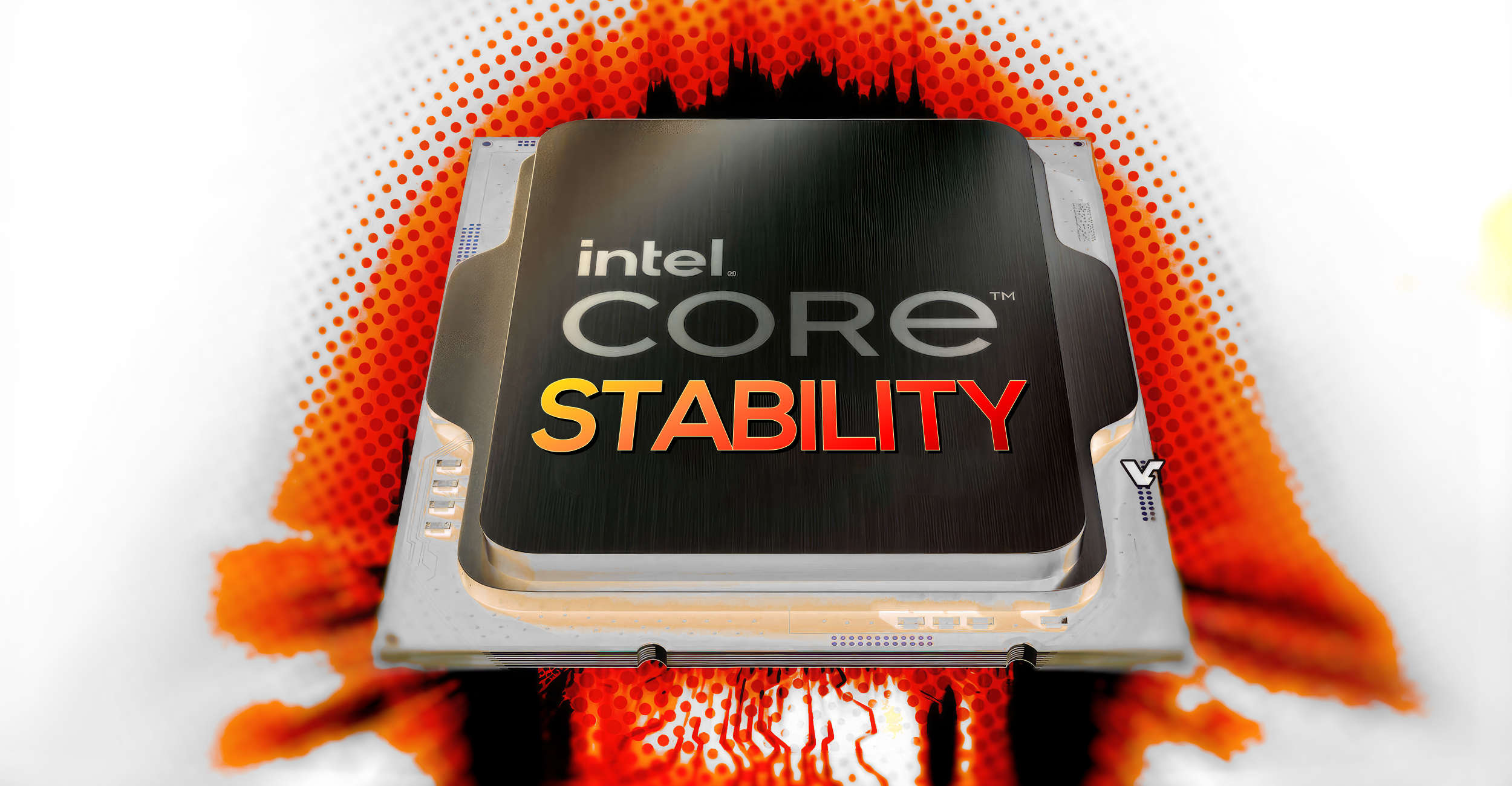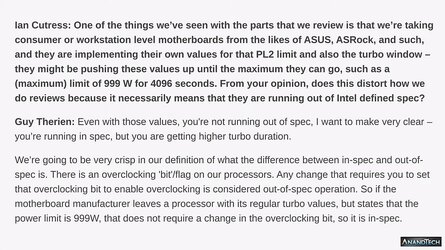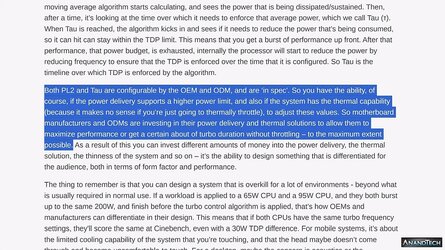As the titles states, I was having a weird crashing issue on my pc (13900k/4090) in fortnite. I could play a round, maybe two and hard CTD. It happens often enough I won't really play it (past month or so). Apparently this effects other titles, and right this second, I domt recall if it was a specific engine or what.
To that end, Intel says they are looking into it... but in the meantime mobo vendors including asus and msi with Gigabyte have added a feature to use the Intel stock specs (power limits) which seems to motigate the issue. Here's one article...

 wccftech.com
wccftech.com
Edit: what Intel said...

 videocardz.com
videocardz.com
To that end, Intel says they are looking into it... but in the meantime mobo vendors including asus and msi with Gigabyte have added a feature to use the Intel stock specs (power limits) which seems to motigate the issue. Here's one article...

Gigabyte's "Baseline" Gaming Stability BIOS Option Turns Intel 14th & 13th Gen Core i9 CPUs Into Core i7, -30% Multi-Thread & -10% Gaming Performance
Gigabyte released its "Intel Baseline" BIOS for Intel 14th & 13th Gen CPUs to improve gaming stability but leads to performance degradation.
Edit: what Intel said...

Intel issues its first statement in response to 13/14th Gen Core i9 CPU stability issues - VideoCardz.com
Intel statement on Core i9 stability concerns Intel has issued the first statement on user reported Core i9 processors stability issues. The company has put the blame on motherboard vendors who do not follow Intel specs. There would hardly be any difference in motherboard performance if it...
Last edited:


